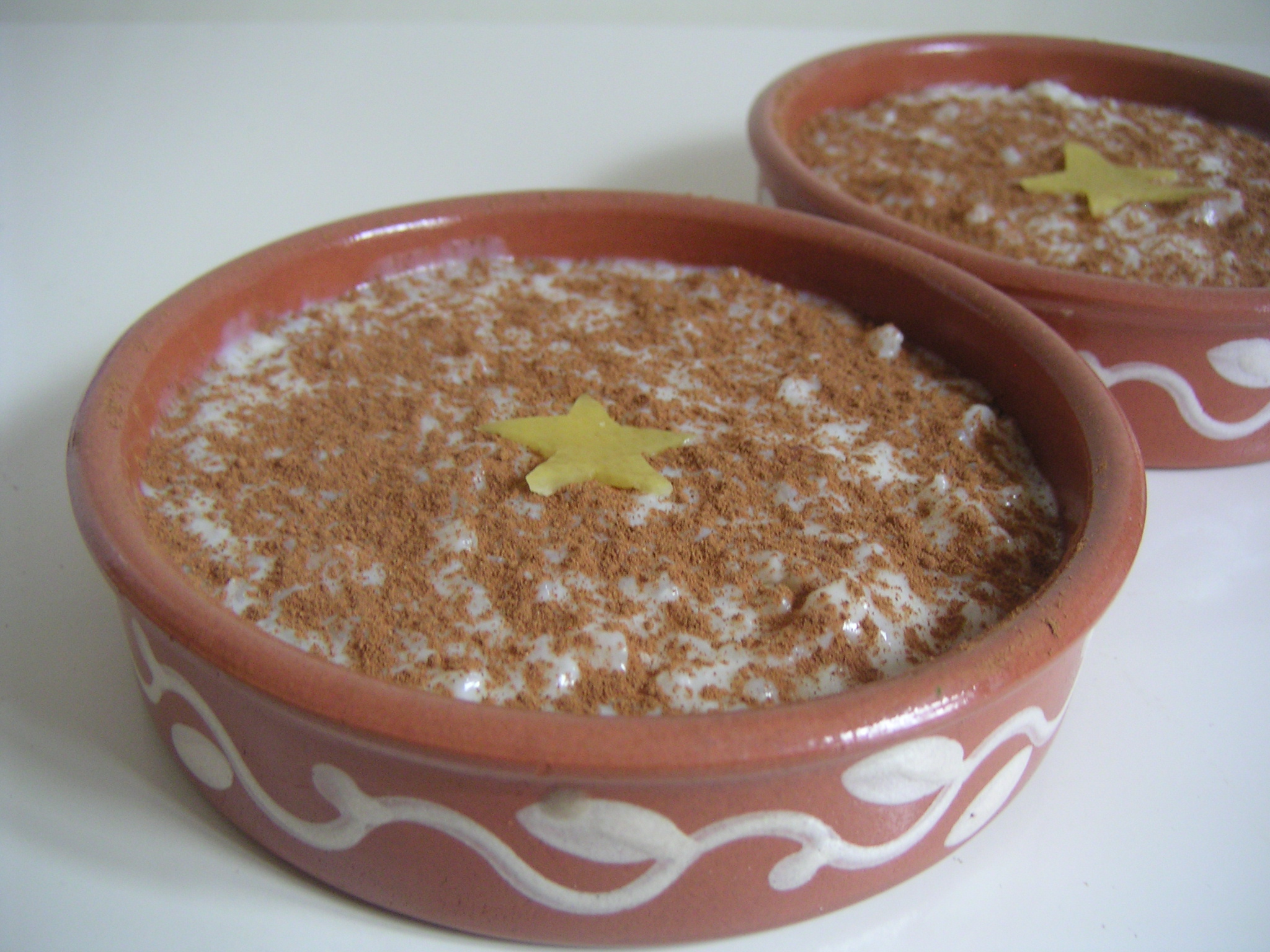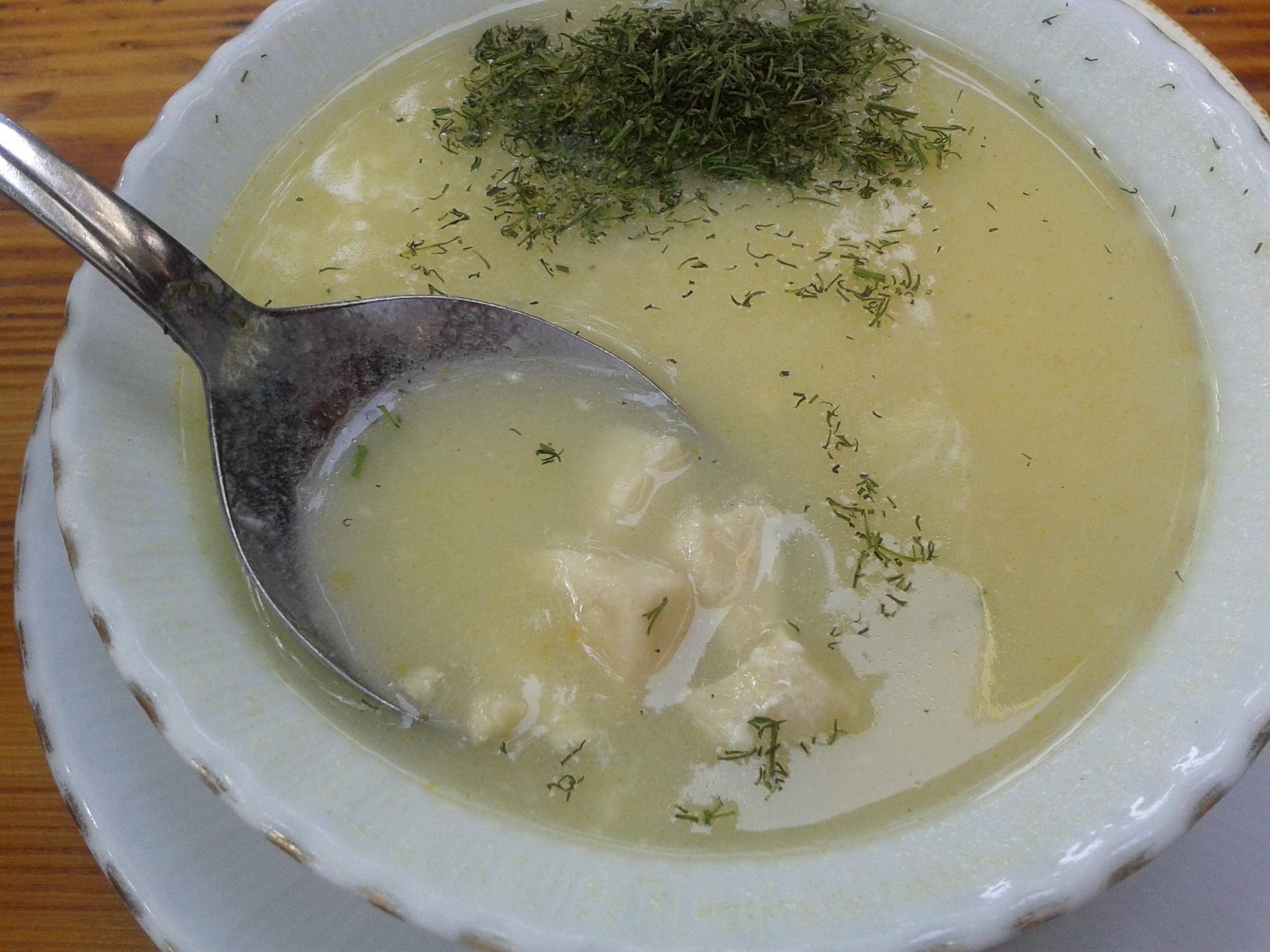|
Vila De Rei Municipality
Vila de Rei (; "Royal City") is a municipality in the district of Castelo Branco in Portugal. The population in 2011 was 3,452,Instituto Nacional de Estatística in an area of 191.55 km2.Áreas das freguesias, concelhos, distritos e país /ref> A small municipality covered with woods, located precisely at the cent ... [...More Info...] [...Related Items...] OR: [Wikipedia] [Google] [Baidu] |
Centro Region, Portugal
The Central Region ( pt, Região do Centro, ) or Central Portugal is one of the NUTS statistical regions of Portugal, statistical regions of Portugal. The cities with major administrative status inside this region are Coimbra, Aveiro, Portugal, Aveiro, Viseu, Caldas da Rainha, Leiria, Castelo Branco, Portugal, Castelo Branco, Covilhã, Torres Vedras and Guarda, Portugal, Guarda. It is one of the seven Regions of Portugal (Nomenclature of Territorial Units for Statistics, NUTS II subdivisions). It is also one of the regions of Europe, as given by the European Union for statistical and Geography, geographical purposes. Its area totals . As of 2011, its population totalled 2,327,026 inhabitants, with a population density of 82 inhabitants per square kilometre. History Inhabited by the Lusitanians, an Proto-Indo-Europeans, Indo-European people living in the western Iberian Peninsula, the Roman Republic, Romans settled in the region and colonized it as a part of the Roman Province of ... [...More Info...] [...Related Items...] OR: [Wikipedia] [Google] [Baidu] |
Penedo Furado
Penedo Furado is a waterfall and lake located in the parish of Vila de Rei, in Vila de Rei Municipality in the Castelo Branco, Portugal. Description The area of Penedo Furado is one of the most attractive sights of the small town Vila de Rei at the centro Region, Portugal, where you can find a river beach, hidden by the thick vegetation, which ends in a waterfall. The water there is incredible clear and flows through the rocks. This place have several waterfalls in the rivers that run through the Vila de Rei municipality. This area has a beach on the river where you can do various aquatic activities such as canoeing, there are also ways to practice walk that connects the waterfall, the beach and all this beautiful mountain area. Penedo Furado belongs to the portuguese long and short trails route ideal to trail running Trail running is a sport-activity which combines running, and, where there are steep gradients, hiking, that is run "on any unpaved surface". It is s ... [...More Info...] [...Related Items...] OR: [Wikipedia] [Google] [Baidu] |
Regina Tavares Da Silva
Regina Tavares da Silva is a Portuguese politician, feminist, historical researcher and an international expert on women's rights. She has chaired several women's organizations, both Portuguese and international. She is arguably best known for her insistence that women's equality should not be treated as a social issue but as a requirement of both democracy and human rights. Early life and studies Born in Vila de Rei in the centre of Portugal, Maria Regina Neves Xavier Amorim Tavares da Silva spent her first years in the city of Portalegre, then moving to Leiria when her father, a roads engineer, was transferred. In 1952, when she was almost 14 the family took up residence in the Portuguese capital of Lisbon. She first went to the D. Filipa de Lencastre High School. This school was opened just after the '' Estado Novo'' dictatorship had seized power in Portugal in 1926, with one of its policies being to end co-education in the country, and was the fourth girls-only High School i ... [...More Info...] [...Related Items...] OR: [Wikipedia] [Google] [Baidu] |
Freguesia (Portugal)
''Freguesia'' (), usually translated as "parish" or "civil parish", is the third-level administrative subdivision of Portugal, as defined by the 1976 Constitution. It is also the designation for local government jurisdictions in the former Portuguese overseas territories of Cape Verde and Macau (until 2001). In the past, was also an administrative division of the other Portuguese overseas territories. The ''parroquia'' in the Spanish autonomous communities of Galicia and Asturias is similar to a ''freguesia''. A ''freguesia'' is a subdivision of a ''município'' (municipality). Most often, a parish takes the name of its seat, which is usually the most important (or the single) human agglomeration within its area, which can be a neighbourhood or city district, a group of hamlets, a village, a town or an entire city. In cases where the seat is itself divided into more than one parish, each one takes the name of a landmark within its area or of the patron saint from the usually cot ... [...More Info...] [...Related Items...] OR: [Wikipedia] [Google] [Baidu] |
Rice Pudding
Rice pudding is a dish made from rice mixed with water or milk and other ingredients such as cinnamon, vanilla and raisins. Variants are used for either desserts or dinners. When used as a dessert, it is commonly combined with a sweetener such as sugar. Such desserts are found on many continents, especially Asia where rice is a staple. Some variants are thickened only with the rice starch; others include eggs, making them a kind of custard. Rice pudding around the world Rice puddings are found in nearly every area of the world. Recipes can greatly vary even within a single country. The dessert can be boiled or baked. Different types of pudding vary depending on preparation methods and the selected ingredients. The following ingredients are usually found in rice puddings: * rice; white rice (usually short-grain, but can also be long-grain, broken rice, basmati, or jasmine rice), brown rice, or black rice * milk (whole milk, coconut milk, cream or evaporated) * spices (cardam ... [...More Info...] [...Related Items...] OR: [Wikipedia] [Google] [Baidu] |
Fish Soup
Fish soup is a food made by combining fish or seafood with vegetables and stock, juice, water, or another liquid. Hot soups are additionally characterized by boiling solid ingredients in liquids in a pot until the flavors are extracted, forming a broth. Traditionally, soups are classified into two main groups: ''clear soups'' and ''thick soups''. The established French classifications of clear soups are ''bouillon'' and ''consommé''. Thick soups are classified depending upon the type of thickening agent used: '' bisques'' are made from puréed shellfish or vegetables thickened with ''cream''; cream soups may be thickened with béchamel sauce; and '' veloutés'' are thickened with eggs, butter, and cream. Other ingredients commonly used to thicken soups and broths include rice, lentils, flour, and grains; many popular soups also include carrots and potatoes. Fish soups are similar to fish stews, and in some cases there may not be a clear distinction between the two; however, fish ... [...More Info...] [...Related Items...] OR: [Wikipedia] [Google] [Baidu] |
Água Formosa
Vila de Rei (; "Royal City") is a municipality in the district of Castelo Branco in Portugal. The population in 2011 was 3,452,Instituto Nacional de Estatística in an area of 191.55 km2.Áreas das freguesias, concelhos, distritos e país /ref> A small municipality covered with woods, located precisely at the cent ... [...More Info...] [...Related Items...] OR: [Wikipedia] [Google] [Baidu] |
Monuments Of Portugal
The national monuments of Portugal ( pt, Monumentos Nacionais) were constructed throughout the Portuguese territory, and date back to the period of pre-historic settlement of occupation. Subsequently, the region that is today Portugal has been colonized by many civilizations, which have left marks in the territory, constructing markers, defensive structures, homes and places of worship to suit their requirements and means. The formal organization of the Portuguese state resulted in a process to qualify and quantify those structures that have had an intrinsic value to the Portuguese culture. Starting with the ''Direcção Geral dos Edifícios e Monumentos Nacionais (DGMEN)'', and later by the '' Instituto de Gestão do Património Arquitectónico e Arqueológico (IGESPAR)'', the Portuguese government developed a registry of national monuments that includes a rich heritage of historical monuments throughout the country. This is a compilation of those structures that are designated as ... [...More Info...] [...Related Items...] OR: [Wikipedia] [Google] [Baidu] |
Iron Age
The Iron Age is the final epoch of the three-age division of the prehistory and protohistory of humanity. It was preceded by the Stone Age (Paleolithic, Mesolithic, Neolithic) and the Bronze Age (Chalcolithic). The concept has been mostly applied to Iron Age Europe and the Ancient Near East, but also, by analogy, to other parts of the Old World. The duration of the Iron Age varies depending on the region under consideration. It is defined by archaeological convention. The "Iron Age" begins locally when the production of iron or steel has advanced to the point where iron tools and weapons replace their bronze equivalents in common use. In the Ancient Near East, this transition took place in the wake of the Bronze Age collapse, in the 12th century BC. The technology soon spread throughout the Mediterranean Basin region and to South Asia (Iron Age in India) between the 12th and 11th century BC. Its further spread to Central Asia, Eastern Europe, and Central Europe is somewhat dela ... [...More Info...] [...Related Items...] OR: [Wikipedia] [Google] [Baidu] |
Celtici
] The Celtici (in Portuguese language, Portuguese, Spanish, and Galician languages, ) were a Celtic tribe or group of tribes of the Iberian peninsula, inhabiting three definite areas: in what today are the regions of Alentejo and the Algarve in Portugal; in the Province of Badajoz and north of Province of Huelva in Spain, in the ancient Baeturia; and along the coastal areas of Galicia. Classical authors give various accounts of the Celtici's relationships with the Gallaeci, Celtiberians and Turdetani. Classical sources Several classical sources, Greek and Roman, mentioned the Celtici. The Celtici were not considered a barbarian people. On the contrary, they were what the Greeks considered a civilized people, almost in the same degree as the Turdetani. Their main cities were Lacobriga (probably Lagos in the Algarve), Caepiana (in Alentejo), Braetolaeum, Miróbriga (near Santiago do Cacém), Arcobriga, Meribriga, Catraleucus, Turres, Albae and Arandis (near Castro Verde an ... [...More Info...] [...Related Items...] OR: [Wikipedia] [Google] [Baidu] |
Centro Geodésico De Portugal
Centro may refer to: Places Brazil *Centro, Santa Maria, a neighborhood in Santa Maria, Rio Grande do Sul, Brazil * Centro, Porto Alegre, a neighborhood of Porto Alegre, Rio Grande do Sul, Brazil *Centro (Duque de Caxias), a neighborhood of Duque de Caxias, Rio de Janeiro, Brazil *, a neighborhood of Niterói, Rio de Janeiro, Brazil *Centro, Rio de Janeiro, a neighborhood of Rio de Janeiro, Brazil *Centro (São Paulo), the historic downtown of São Paulo, Brazil *, Aracaju, Sergipe, Brazil Mexico *Centro, Guadalajara, Jalisco, Mexico *Centro, Puerto Vallarta, Jalisco, Mexico *Centro Municipality, Tabasco, Mexico *Centro (borough), Tijuana, Baja California, Mexico * Centro, Yucatán, Mexico *Centro, the historic center of Mexico City, Mexico Elsewhere *Centro Habana, Cuba *Centro, Mandaue, a barangay in the Philippines *Centro Region, Portugal *Centro, Moca, Puerto Rico, a subdivision (also called a ''barrio'') of Moca, Puerto Rico *Centro (Madrid), a district of the city of Mad ... [...More Info...] [...Related Items...] OR: [Wikipedia] [Google] [Baidu] |
Médio Tejo
The Comunidade Intermunicipal do Médio Tejo (; English: ''Middle Tagus'') is an administrative division in Portugal. It was created in December 2008, replacing the former ''Comunidade Urbana do Médio Tejo'' created in 2004. It takes its name from the river Tagus. Médio Tejo is also a NUTS 3 subregion of Centro Region: since January 2015, the NUTS 3 subregion has covered the same area as the intermunicipal community. Instituto Nacional de EstatísticaAdequação dos indicadores à nova organização territorial NUTS III / Entidades Intermunicipais 18 March 2015 The seat of the intermunicipal community is Tomar. Médio Tejo comprises parts of the former districts of Santarém and Castelo Branco. The population in 2011 was 247,331, in an area of . Municipalities The CIM Médio Tejo is composed of 13 municipalities: Gallery Centro Geodésico de Portugal.jpg, Geodesic Center of Portugal Santuario de Fátima. Portugal (cropped).jpg, Sanctuary of Fátima Castelo de Almourol (3 ... [...More Info...] [...Related Items...] OR: [Wikipedia] [Google] [Baidu] |





